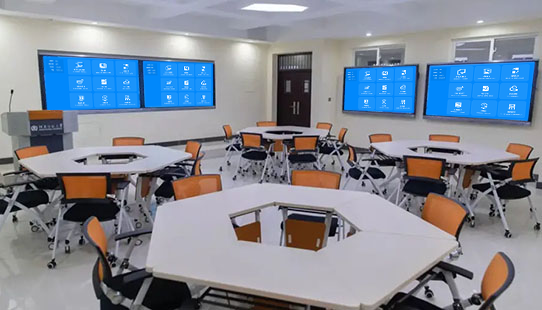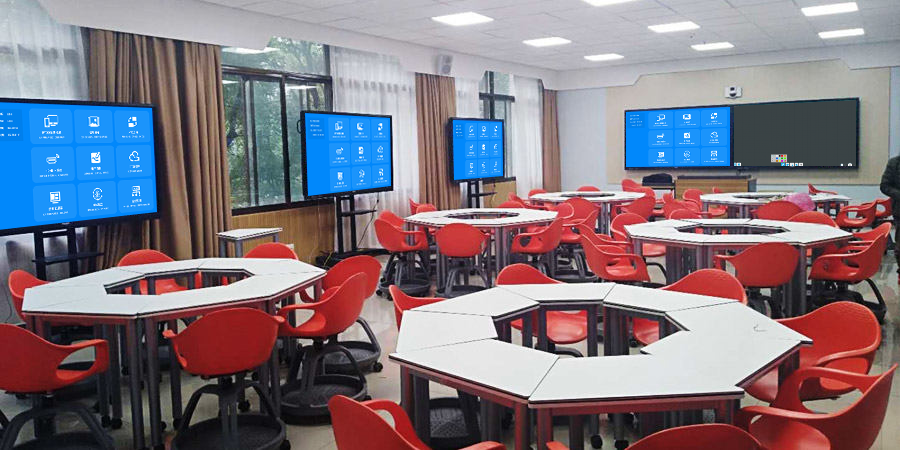Screen Mirroring Device: The Core Connection Hub for Smart Classrooms
In the technological ecosystem of smart classrooms, screen mirroring devices have long surpassed their role as mere “content display tools.” They have become a core hub that connects smart terminals, activates interactive scenarios, and optimizes teaching processes, fully realizing the convenience and efficiency of smart education.
Full Terminal Interconnection, Breaking Down Device Barriers
Smart classrooms are often equipped with various devices such as smart boards, tablets, and laptops. Screen mirroring devices enable seamless connection across all these terminals. Teachers no longer need to repeatedly debug interfaces; they can open their lesson plans on their phones and mirror them to the smart large screen with one tap. While explaining, they can switch to a tablet to annotate key points, with all operations synchronizing in real-time. Student terminals can also quickly connect. Historical data mind maps organized in history class or geometric derivation processes in math class can be projected and shared with a simple tap on the screen. This cross-system, cross-device connectivity allows smart classroom hardware resources to truly serve the teaching process, avoiding the dilemma of “many devices but difficult to coordinate.”

Multi-Scenario Interaction, Activating Classroom Vitality
Interactivity is a core feature of smart classrooms, and screen mirroring devices allow teacher-student and student-student interaction to break through formal limitations. When appreciating ancient poetry in a Chinese class, after the teacher mirrors an electronic poetry collection, students’ annotated insights on tablets can be relayed back to the large screen in real-time, forming a class-wide co-created interpretation matrix. In group experiments in a science class, experimental videos and data charts recorded by each group with their devices can be displayed in split-screen via mirroring, allowing the whole class to intuitively compare the pros and cons of different solutions, transforming discussions from “one-way output” to “multi-directional collision.” Flexible interactive forms fully release the intellectual vitality of smart classrooms, aligning with personalized teaching needs.
Efficient Management Empowerment, Optimizing Teaching Pace
Precise teaching in smart classrooms relies on efficient management, and screen mirroring devices provide a convenient path for teaching control. After in-class exercises, student answers are summarized by the screen mirroring device, instantly generating error statistics and knowledge mastery maps, allowing teachers to immediately adjust teaching focus. During group discussions, teachers can check each group’s progress through the mirroring backend and directly cast reference materials to groups that are stuck. Furthermore, screen mirroring devices support linkage with smart classroom management systems, achieving “automatic connection on startup” and “automatic content clearing after class,” reducing the teacher’s operational burden and making the teaching pace smoother.
From device collaboration to interactive upgrades, and then to management empowerment, screen mirroring devices, with their simple connection technology, open up the information flow of smart classrooms, becoming a key infrastructure supporting the implementation of smart teaching, truly allowing technology to serve the essence of education.